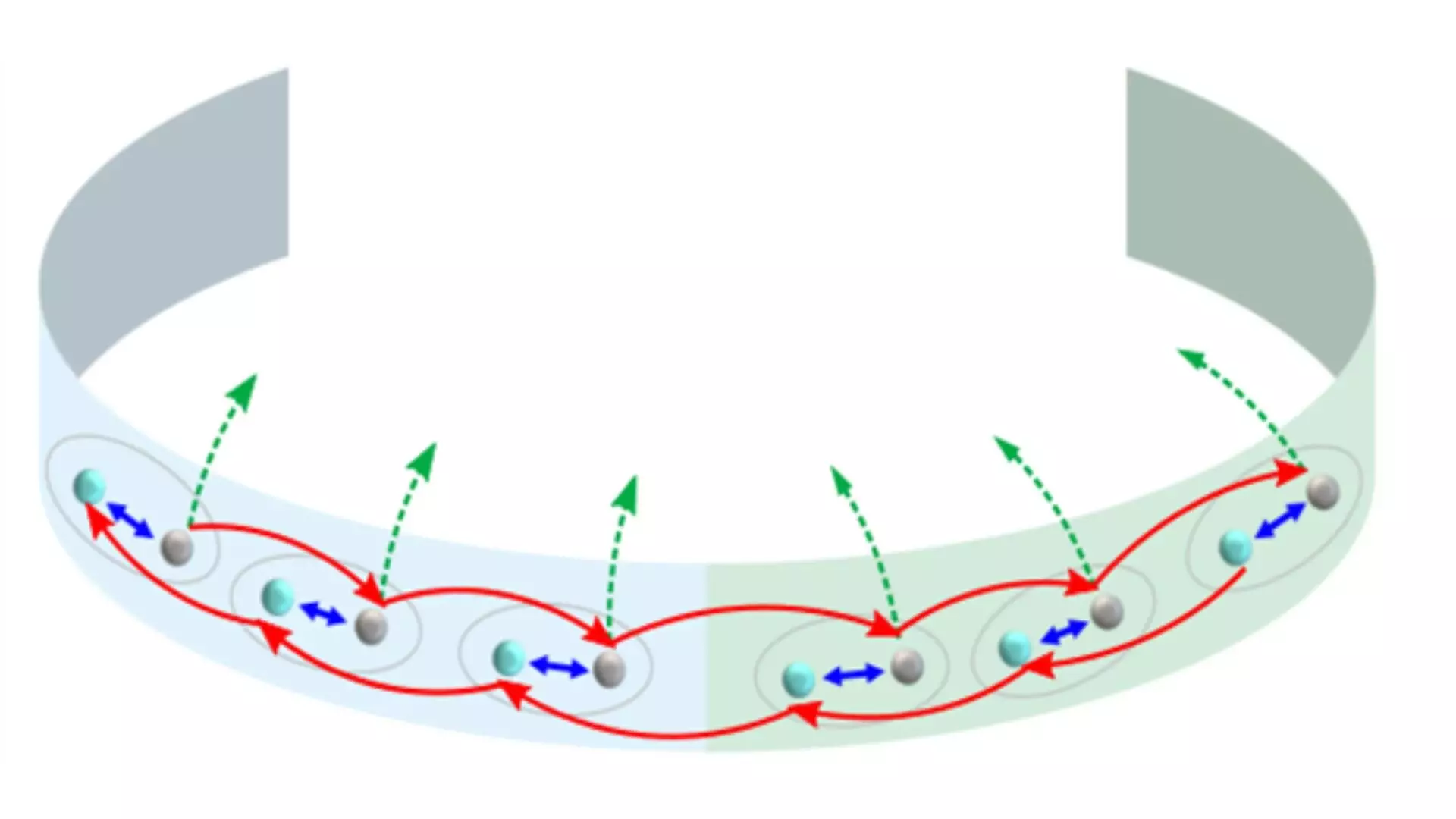Non-Hermitian systems have been gaining attention in the scientific community due to their unique properties and relevance in understanding real-world systems characterized by dissipation, interactions with the environment, or gain-and-loss mechanisms. Researchers have been exploring the new physics revealed by non-Hermitian systems, including phenomena like boundary localization, which hold promising applications in photonics and condensed matter physics.
In a recent study published in Physical Review Letters, scientists presented the first experimental observation of a non-Hermitian edge burst in quantum dynamics. This observation was made using a carefully designed photonic quantum walk setup, highlighting the importance of real-time dynamics in understanding the behavior of non-Hermitian systems. The study focused on the non-Hermitian skin effect (NHSE), where a system exhibits unique behavior at its edges or boundaries.
Unlike Hermitian systems where operators are equal to their Hermitian conjugates, non-Hermitian systems have complex eigenvalues that lead to distinctive phenomena like the NHSE. This effect manifests in open systems with gain or loss in energy, resulting in eigenstates accumulating at the edges or boundaries of the system. While previous studies have mainly examined static properties of non-Hermitian systems, the researchers in this study delved into the dynamic evolution of edge dynamics over time.
The researchers used a one-dimensional quantum walk with photons to investigate the real-time edge dynamics in non-Hermitian systems. By incorporating tools such as beam splitters, wave plates, and beam displacers, they managed the photon’s quantum walk and introduced photon loss mechanisms at the boundary using partially polarizing beam splitters. Through careful measurements, they confirmed the existence of the non-Hermitian edge burst, which occurs when two specific conditions are met: the presence of the NHSE and the closure of the imaginary gap in the energy spectrum.
The observation of real-time edge bursts in non-Hermitian systems offers insights into the interplay between topological physics and dynamic phenomena. This finding opens new avenues for research in exploring localized light harvesting or quantum sensing applications. The researchers believe that their work lays the groundwork for studying the rich real-time dynamics in non-Hermitian topological systems and hints at the existence of universal scaling relations in non-Hermitian systems.
The edge burst effect observed in non-Hermitian systems could have practical implications for harvesting light or particles at precise locations, with potential applications in photonics and other wave-based fields. The spatial and spectral sensitivity of the edge burst phenomenon offers opportunities for developing innovative technologies and devices based on non-Hermitian physics.
The experimental observation of non-Hermitian edge burst in quantum dynamics represents a significant advancement in our understanding of non-Hermitian systems and their unique dynamic phenomena. This study opens up new possibilities for exploring the interplay between topology, dynamics, and edge effects in quantum systems, with implications for a wide range of scientific and technological applications. Further research in this area may uncover additional universal principles and guide the development of novel devices and technologies based on non-Hermitian physics.


Leave a Reply